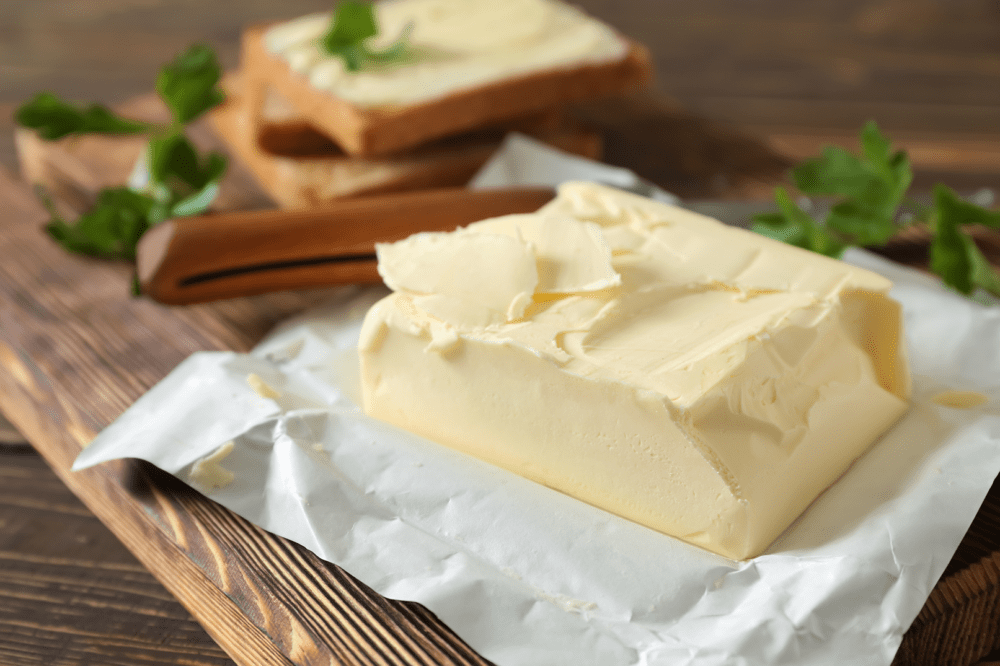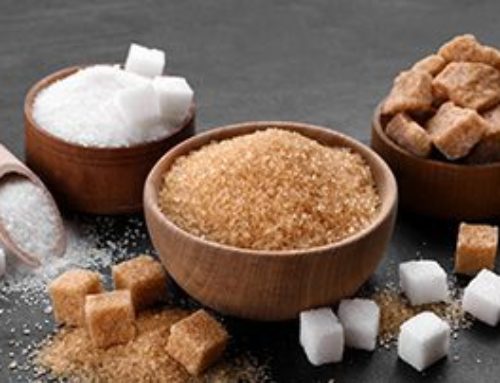
From, Kate Morgan:
Lets take a look at margarine.
The vegetable oils commonly used to make margarine include canola (rapeseed), sunflower, corn and soybean. Most often, the ingredient list will not state which specific oils are used, but rather simply name “vegetable oils”, as it could be a mix of several. Each oil has their own individual fatty acid profile, made up of a mixture of saturated, monounsaturated and polyunsaturated fatty acids. Oils used to make margarine contain the highest amount of Omega 6, for example:
Sunflower oil is made up of > 12% saturated fat, 16% monounsaturated fatty acid, 1% polyunsaturated omega 3, 57% polyunsaturated omega 6.
Whilst polyunsaturated Omega 6 provide many health benefits, a key consideration to good health is the ratio of Omega 6 to Omega 3, that is consumed. A standard diet typically provides a significant excess in Omega 6, with margarine being one key factor of this, with most food manufacturers moving away from using butter as an ingredient and now favoring margarine.
Sally Fallon (2001), highlights in the book “Nourishing Traditions” that “too much omega-6 in the diet can result in increased tendency to form blood clots and inflammation, high blood pressure, irritation of the digestive tract, depressed immune function, cancer and weight gain”.
In addition to excess quantity, polyunsaturated oils are easily oxidised and become rancid when exposed to heat, oxygen, moisture and light. The extraction of oils may involve high temperatures and extreme pressure, whilst being exposed to light and oxygen, rendering oils rancid during the manufacturing process. Consuming rancid oils may cause free radical damage to tissues and organs. Fallon (2001) adds, ‘Free radicals have been characterised as “marauders” in the body for they attack cell membranes and red blood cells, causing damage in DNA/RNA strands that can trigger mutations in tissue, blood vessels and skin”.
Butter is made out of two simple ingredients – cream and salt!
Butter contains short and medium chain fatty acids, which are absorbed directly into the blood stream, providing an immediate source of energy. These beneficial fatty acids also support the immune system, provide anti-inflammatory properties and do not require bile for emulsification during digestion, therefore suitable for people who have liver congestion or no gall bladder. Butter is a rich source of vitamins A, D, K and E as well as calcium. In fact, vitamin A from butter is more easily absorbed and utilised, than from any other source. Vitamins A and D are essential for growth, healthy bones, proper development of the brain and nervous systema and for normal sexual development (Fallon, 2001).
Many people who are lactose intolerant may still tolerate (and enjoy) butter, as it only contains trace levels of lactose. Hippocrates, an ancient Greek physician, once quoted, “Just as food causes chronic disease, it can be the most powerful cure”. This is very fitting in the case of Butter vs Marg!
*Fallon, S. (2001). Nourishing Traditions (2nd ed.). NewTrends Publishing





